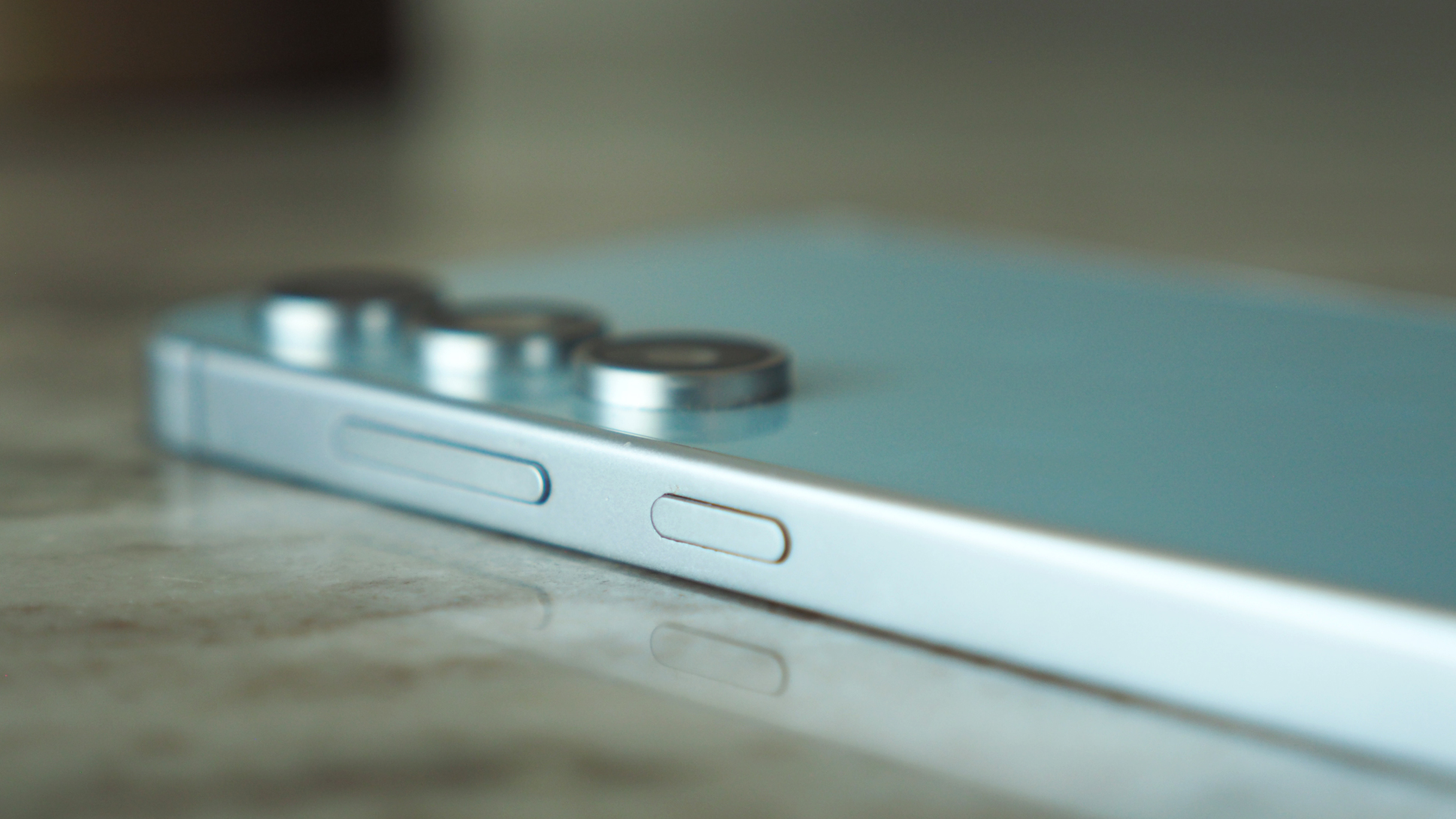Samsung could slim down the Galaxy S25 to compete with the skinny iPhone
A slimmer Galaxy phone could join the line-up in 2025


Quick summary
Samsung could be looking to release a slim version of the Galaxy S25.
It's thought to be looking to compete with a slim iPhone 17, while also testing the future design for the phone.
Samsung will announce the Galaxy S25 series in 2025 and we’re expecting a range of updates and changes to move those devices along from the Galaxy S24 that has been with us for the past year. But it seems that Samsung might have a taste for something a little slimmer, with reports of an additional special version of the Galaxy S25.
It might be that rumours of the iPhone 17 Slim (or iPhone Air as some call it) have got to Samsung, with the smartphone giant reported looking at releasing a super-slim version of the Galaxy S25 in 2025.
Those details come from Korean news outlet ET News, which goes on to say that the idea is to test the waters with the special slim Galaxy S25 and if it’s well-received, then the Galaxy S26 could adopt that styling, choosing a slim future. The aim is to make a marked change to the design and presentation of the phone moving forward.
Apple is said to be undergoing the same sort of changes, with the iPhone 17 looking to adopt a thinner body overall and move on from a design that has been fairly consistent for the past five generations of the phone.
This isn’t the first time that Samsung has made this move either: it recently announced the Galaxy Z Fold SE, a special version of its flagship folding phone that seems to directly address criticisms and compete with rivals such as the Honor Magic V3. While it’s only available in Korea, the Fold SE demonstrates Samsung’s ability to react to a competitive market.
What sacrifices come with a thinner design?
Producing a thinner phone isn’t just about making a slimmer case. It means that the internals have to be repackaged. While technology companies are refining the internal design of phones all the time, things like zoom cameras (with folded lenses) need space, while larger capacity batteries also need space to fit into a phone.
The battery problem could be overcome with a change in battery chemistry. The evolution of silicon-carbon batteries could mean that you can have the same capacity in a physically smaller package, while double folding the lens might get around the camera issue – as recently seen in the Oppo Find X8 Pro.
Get all the latest news, reviews, deals and buying guides on gorgeous tech, home and active products from the T3 experts
But then you have the issue of heat too. Manufacturers have been doing more and more to control heat in phones, both as a byproduct of faster charging, but also as demands increase on phone graphics, leading to processors working harder to play the latest games or run the latest AI tasks.
Cooling needs space, either for air, vapour or liquid to move heat away and that’s something that’s more difficult to manage in a slimmer phone. It could be that slim phones are positioned as fashion first, but if there’s one thing we know, it’s that people don’t want to compromise on things like cameras, battery life, or performance.

Chris has been writing about consumer tech for over 15 years. Formerly the Editor-in-Chief of Pocket-lint, he's covered just about every product launched, witnessed the birth of Android, the evolution of 5G, and the drive towards electric cars. You name it and Chris has written about it, driven it or reviewed it. Now working as a freelance technology expert, Chris' experience sees him covering all aspects of smartphones, smart homes and anything else connected. Chris has been published in titles as diverse as Computer Active and Autocar, and regularly appears on BBC News, BBC Radio, Sky, Monocle and Times Radio. He was once even on The Apprentice... but we don't talk about that.